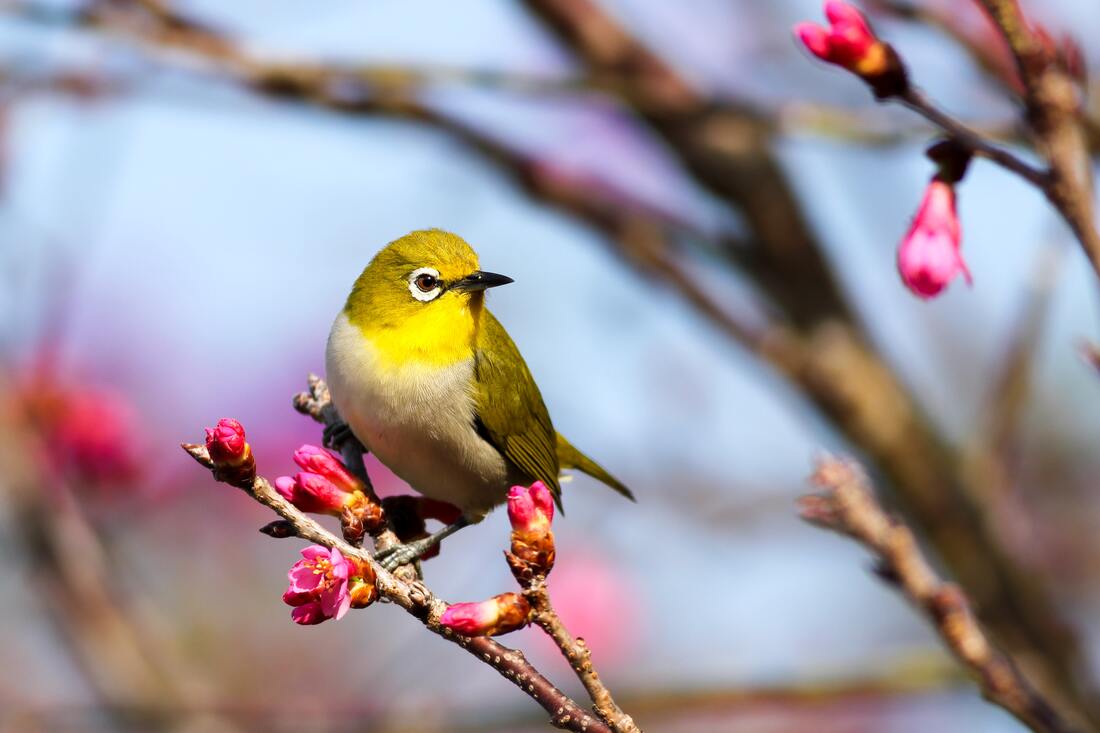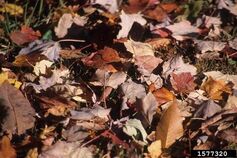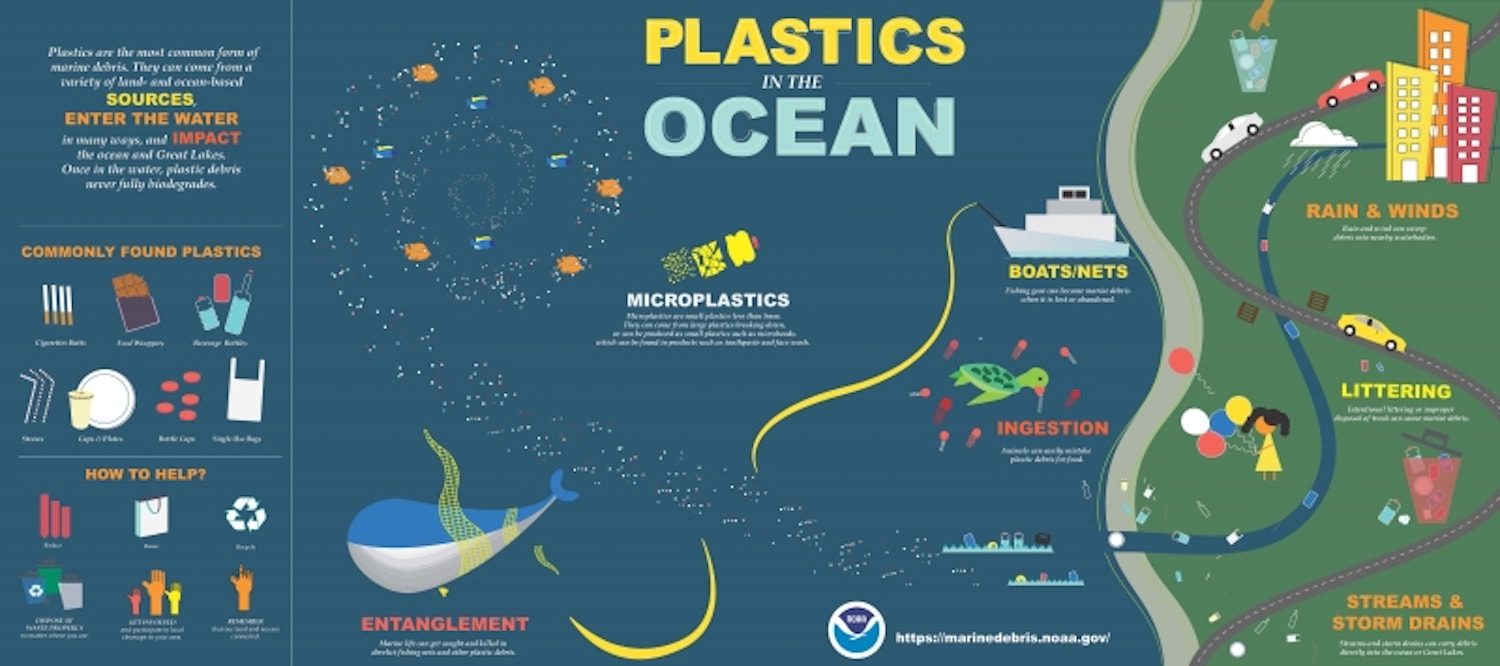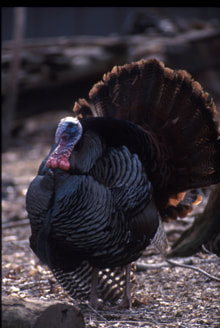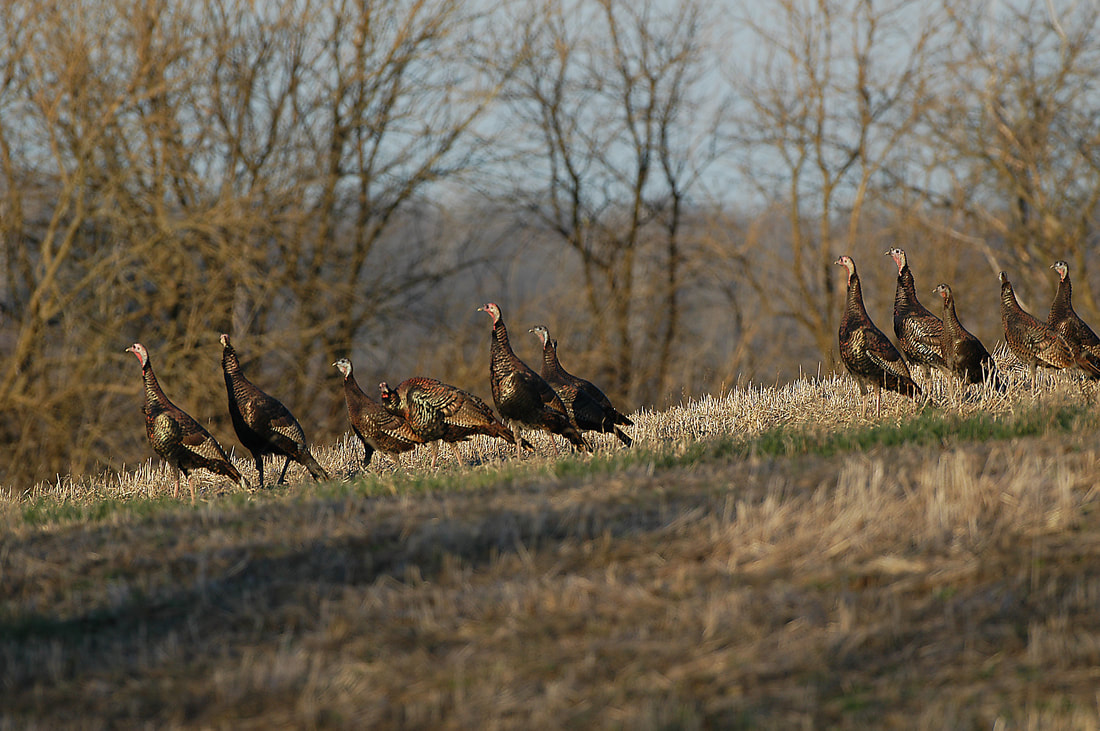|
Did you know that Ohio has a diverse population of dragonflies and damselflies? According to Ohio Department of Natural Resources, Ohio has approximately 164 recorded species. Their brilliant colors and striking markings make them very fun to watch. The immature stages of all species are aquatic, and these animals are found in lakes, rivers, ponds, and streams throughout Ohio. Although many dragonflies and damselflies are prevalent, 13 species in Ohio are listed as endangered. These amazing creatures are indicators of excellent water quality and serve as barometers of the health of our waterways.
The family Odonata, which includes both the dragonfly and damselfly, has an amazing life cycle. According to Ohio Department of Natural Resources, “adults live a few weeks to a few months. The adults exist to reproduce and serve as great predators of insects such as mosquitoes and flies.” “Mating dragonflies are referred to as being in tandem, and they couple together using specialized clamp-like structures. When transferring sperm, the pair assumes a ring-like position called the wheel position; somewhat suggestive of a valentine heart. Soon after mating, the adult female places her eggs into an appropriate substrate in a process called ovipositing. Depending upon the species, eggs might be deposited into water, saturated soil, on aquatic plants, or even drilled into plants or wet wood. From the eggs hatch larvae, which are sometimes called nymphs. These larvae are highly predatory, and are completely aquatic. In some species, larvae may take four years to reach the point of transformation into adults – far longer than the adult will live. When the larva is ready to transform to an adult, it crawls from the water and climbs onto adjacent plants. In an amazing metamorphosis, an adult dragonfly bursts from the shell of the larva.” It is easy to tell the two apart. Damselflies have slender wings held over their back when at rest while the dragonfly has broader wings held outstretched at rest. Both species can be seen throughout the summer months near unpolluted water bodies such as rivers, streams, lakes, marshes, swamps, bogs, fens, or even temporary rain-pools. Dragonflies and damselflies are among the only species that can fly in any direction (forward, backwards, and any other direction). These predators can change directions at lightning speeds to hunt for food – making them one of the most skillful aerial creatures. Warren County Soil and Water recognizes the importance of the Odonata species, that’s why we have adopted Dagmar the dragonfly as our new education mascot! Dagmar can be seen at local events throughout the County in the Summer of 2021! For more questions regarding Warren County Soil and Water Conservation District programs and/or technical assistance on water or soil questions, visit http://warrenswcd.com or call, 513-695-1337. Additional Resources:
1 Comment
Spring is a time of awakening when the cold of winter starts getting shrugged off to make room for the warmth which accompanies new growth in the natural world.
For birders, it is exciting because of the return of migratory spring birds! From songbirds to shorebirds and even some waterfowl, about 200 species of neotropical migratory birds annually make this incredible trip that spans continents. Final destination nesting grounds for these birds vary widely throughout the United States and north into Canada, but all require stopover sites where they may rest and refuel for the next leg of their trip. If you want to help these birds in their spring preparations, consider bird-friendly landscaping that includes native, early-blooming trees, shrubs and flowers with colors that attract birds. According to the Cornell Lab of Ornithology, it is important to plant these 7 important plant groups:.
For more questions regarding Warren County Soil and Water Conservation District programs and/or technical assistance on water or soil questions, visit http://warrenswcd.com or call, 513-695-1337. Photo Credit: Gerald Holmes, Strawberry Center, Cal Poly San Luis Obispo, Bugwood.org Fall is upon us! The beauty of the leaves is one of the favorite sights of the season. Once the leaves fall from their trees, a new chore can be added to the list – leaf raking! This can be back-breaking work if done by hand. According to the U.S. Environmental Protection Agency in 2017, leaves and other yard debris account for more than 13 percent of the nation’s solid waste—a whopping 35 million tons a year! Creatively and judiciously managing leaves by mulch mowing can save time and money in your fertilization effort, save your back, and keep leaves out of the landfill. Here are some simple guidelines and strategies to help you mulch mow your leaves.
Mulch mowing is just what it sounds like - chopping leaves into small pieces until it turns into a mulch like material that is returned to the lawn. Leaf debris naturally composts, allowing nutrients to return to the soil. Successfully mulching leaves into the lawn requires frequent mowing in the fall and possibly several passes during one mowing session. It is important to chop leaves adequately until they’re about the size of a dime so the leaf debris breaks down quickly. Specialized mulching mowers are available, and these mower types will also be beneficial year-round to mulch grass leaves into the lawn. According to K-State Extension, “mowing during the leaf season is not based on grass growth but on the rate at which leaves fall and collect on the lawn. Mow a thin layer, approximately 1” each time. This thin layer is chopped by the mower and then filters through the leaf blades where it works its way down to the soil.” Research has shown that a total of six inches of leaves can be successfully shredded and composted into the lawn and thus returned to the soil without causing damage. If you determine that your trees deliver more than 6 inches of leaves, it is best to mulch mow then bag. This can be done by first mowing without a bag and then mowing a second time with a bag in place. The second pass will enable leaves to be sucked up into the bag and take-up considerably less space thus allowing you to decrease the volume of leaves two to four-fold. The chopped leaves can be used as mulch for flower gardens and trees to help conserve moisture. Just remember not to use more than 2-3” of mulch around plants and steer clear of the crowns of plants to deter voles and rot. The leftover leaves can also be used in the compost pile. Another reason to utilize leaves in your landscape, according to the National Wildlife Federation, is that “Removing leaves also eliminates vital wildlife habitat. Critters ranging from turtles and toads to birds, mammals and invertebrates rely on leaf litter for food, shelter and nesting material. Many moth and butterfly caterpillars overwinter in fallen leaves before emerging in spring.” Leaves should not be dumped into local streams as the extra organic matter can lead to excessive nutrients into our bodies of water thus causing potential algae issues and lower water quality. Leaves that are left on the street can also clog storm drains which can result in flooding. For questions regarding Warren County Soil and Water Conservation District programs and/or technical assistance on water or soil questions, visit http://warrenswcd.com or call, 513-695-1337. Additional Resources:
."Endangered Species Day is an opportunity for people of all ages to learn about the importance of protecting endangered species and everyday actions they can take to help protect them. Started in 2006 by the United States Congress, Endangered Species Day is a celebration of the nation’s wildlife and wild places. Every year on the third Friday in May (and throughout the month), zoos, aquariums, parks, botanic gardens, wildlife refuges, museums, schools, community centers, conservation groups and other organizations throughout the country hold tours, special speaker presentations, exhibits, children’s activities and more to celebrate Endangered Species Day." To learn more: visit www.endangered.org On this Endangered Species Day, take the Plastic and Balloon Pledge to stop using these single use plastic items that harm aquatic ocean life. Here in Warren County, we have several state listed species of concern and endangered species, including the Indian bat and the Eastern Massasauga, as well as the Blue corporal (Ladona deplanata ) and the Running Buffalo Clover (Trifolium stoloniferum) .
Click here for a complete list of Warren County listed wildlife species Click here for a complete list of Warren County listed plant species Information on Ohio's Endangered Wildlife Species can be found at the Division of Wildlife's website: http://wildlife.ohiodnr.gov/species-and-habitats/state-listed-species As Thanksgiving draws near, the iconic turkey takes center stage in households across the country as families gather together to give thanks over a traditional turkey dinner. The domesticated turkey which graces most tables is descended from one of six subspecies of the wild turkey (Meleagris gallopavo). In the 1500s, a century before English settlers founded Plymouth Rock, Spanish traders brought this large game bird to Europe and Asia via shipping routes that passed through the country of Turkey, giving the bird its common name. Here in Ohio, the wild turkey is the largest upland game bird, weighing in up to 24 pounds! Being a woodland species, these birds suffered from being over hunted and habitat destruction of forest lands in the late 1800s and were extirpated from the state by 1904. However by the 1940s, forests were beginning to regrow allowing turkeys to return. From 1956 to 1963, the Ohio Department of Natural Resources tried, unsuccessfully, to introduce turkeys that had been hand raised. However, as natural populations increased, many were moved to other areas of the state. As of a survey conducted in 2017, turkeys live in all 88 Ohio counties, including here in Warren County! (Learn more about the wild turkey at: http://wildlife.ohiodnr.gov/species-and-habitats/species-guideindex/birds/wild-turkey) Today this highly adaptable bird thrives despite its conservation struggles of the past. And while wild turkeys are best known for their "gobble, gobble" call, this species utilizes a variety of calls for communicating in the flock. From a "cutt" to a "purr", these turkeys are talking! Practice your best turkey calls by mimicking these impressive birds! https://www.nwtf.org/hunt/wild-turkey-basics/turkey-sounds |
Details
Warren County SWCD Staff BlogA blog to keep you informed on all the latest news at Warren County SWCD and in the conservation world. Archives
May 2024
Categories
All
|
|
|
Contact:PHONE: (513) 695 - 1337
EMAIL: [email protected] HOURS: Monday - Friday 7:30am - 4:00pm (except holidays) Connect:Warren County Soil & Water Conservation District Copyright © 2016
Warren SWCD Privacy Notice. Emails are serviced by Constant Contact. Constant Contact's Privacy Notice. |

